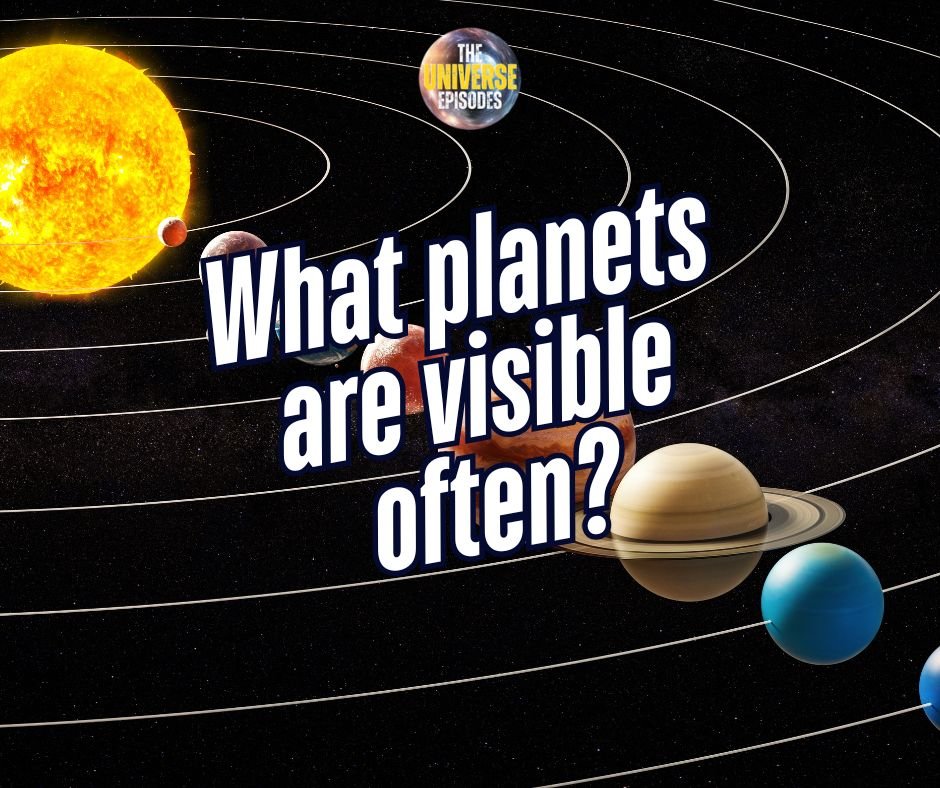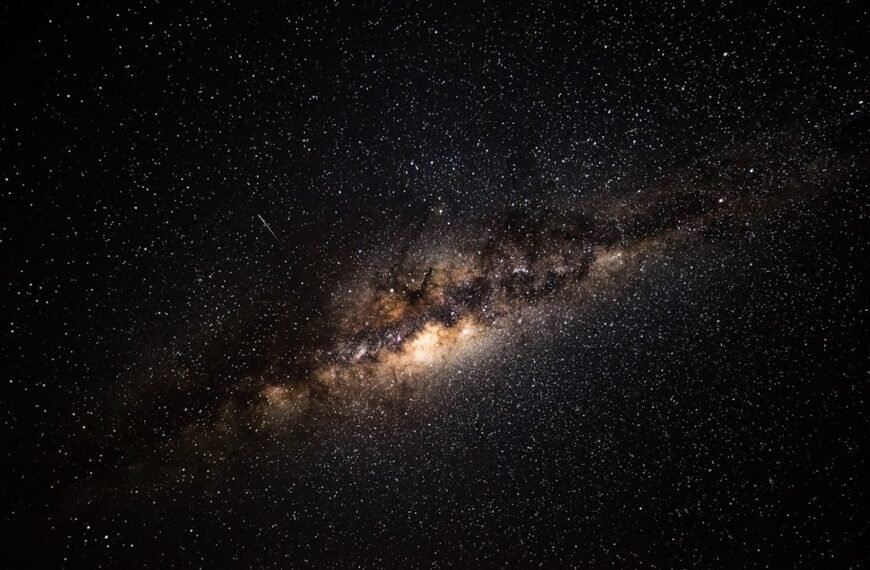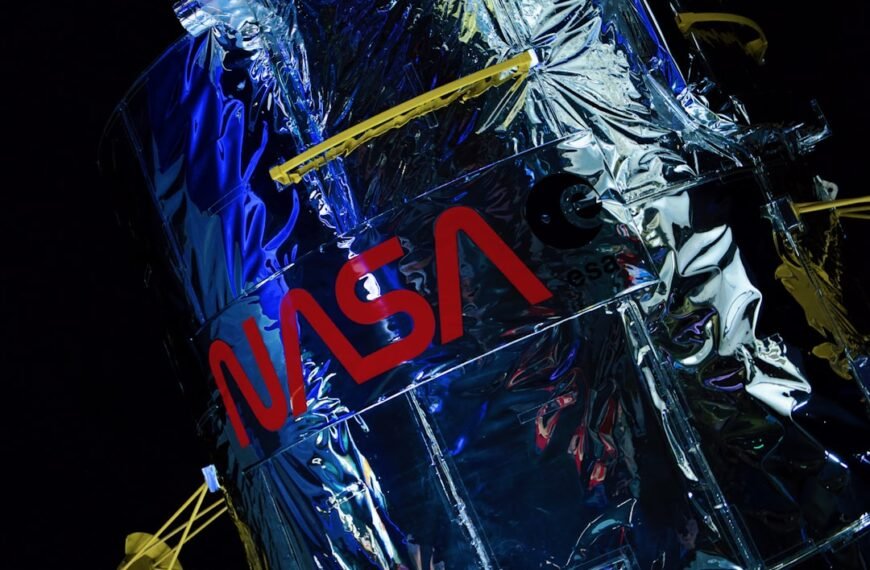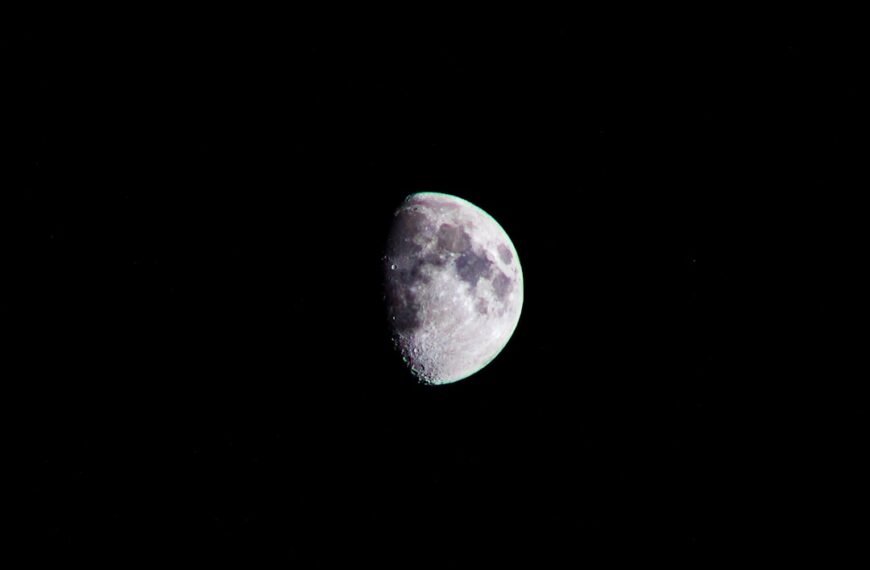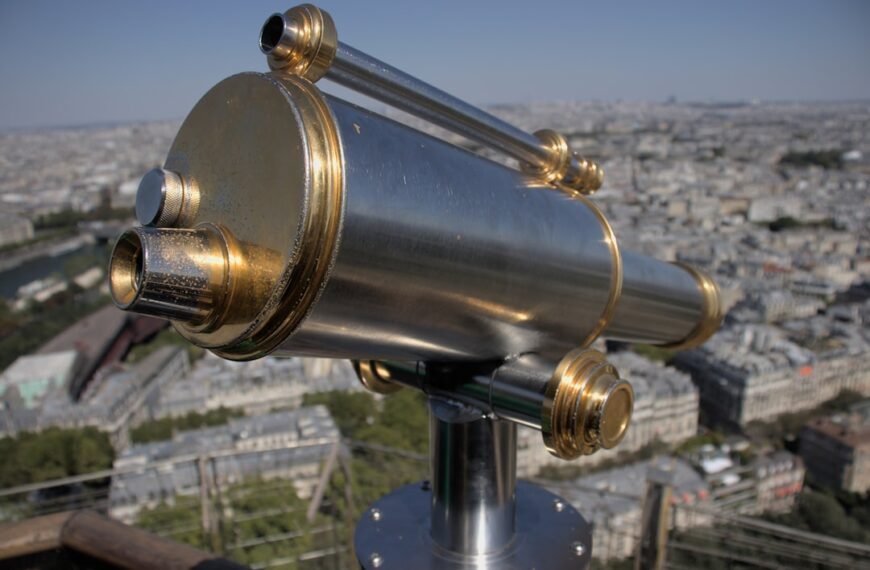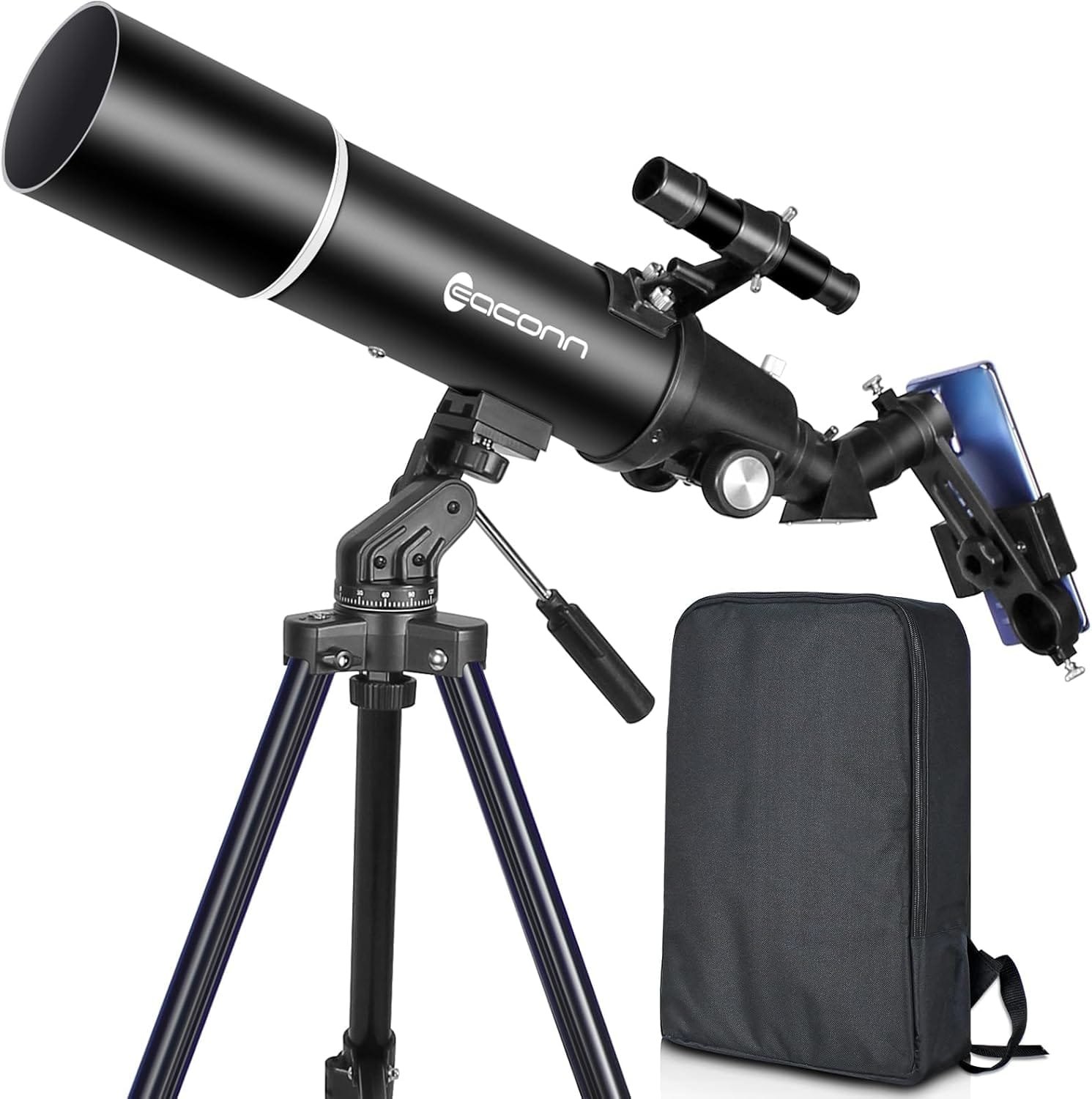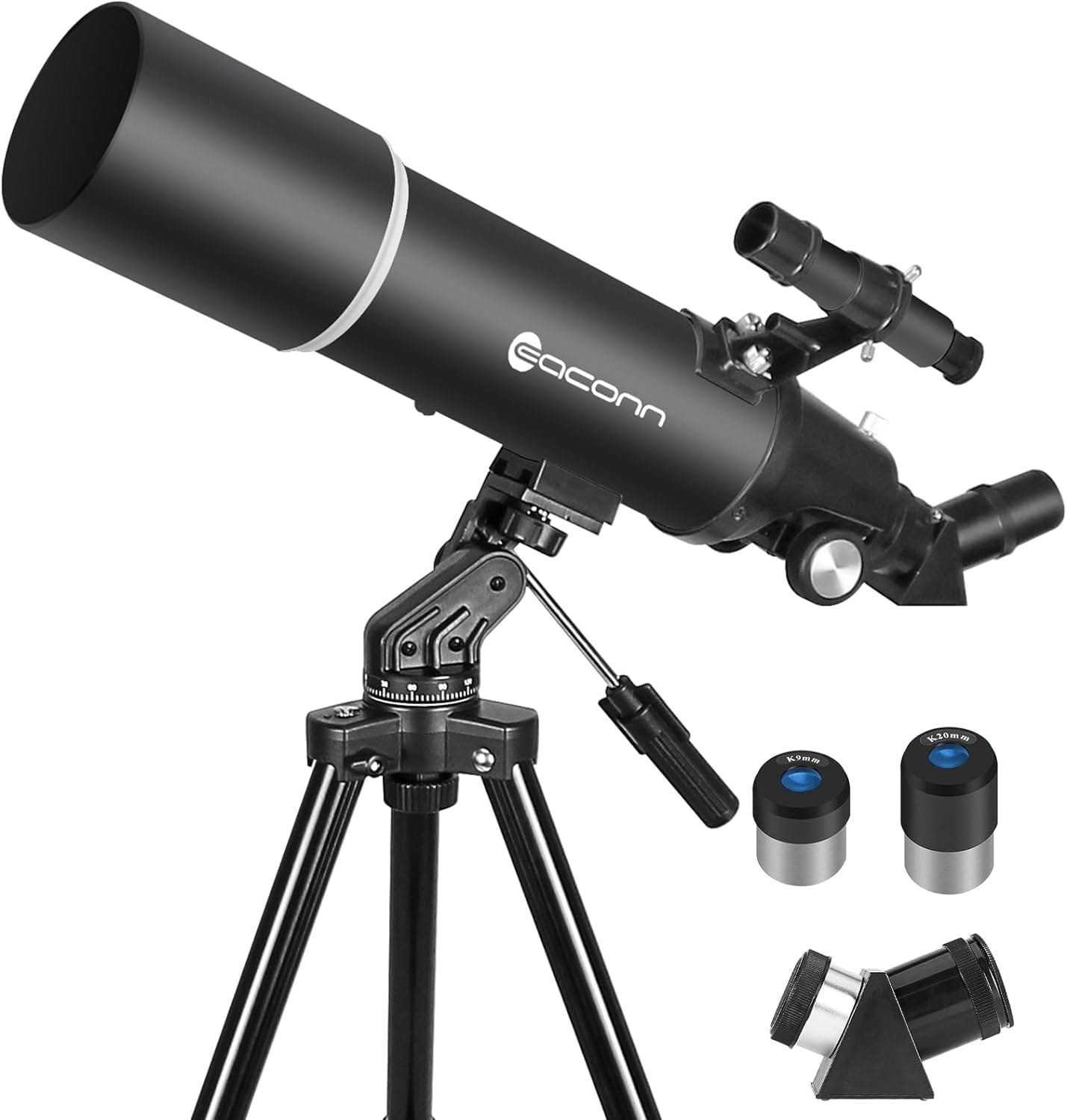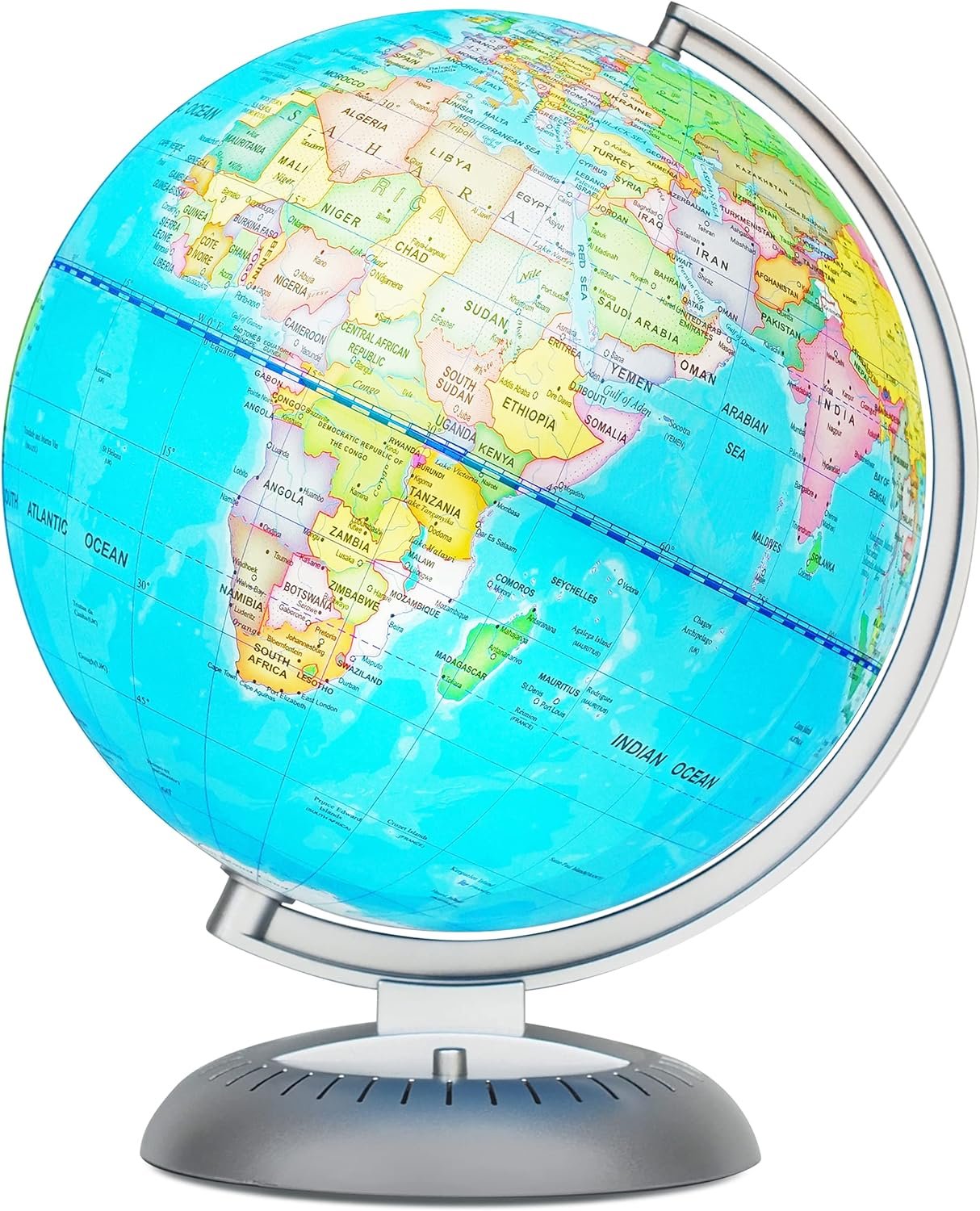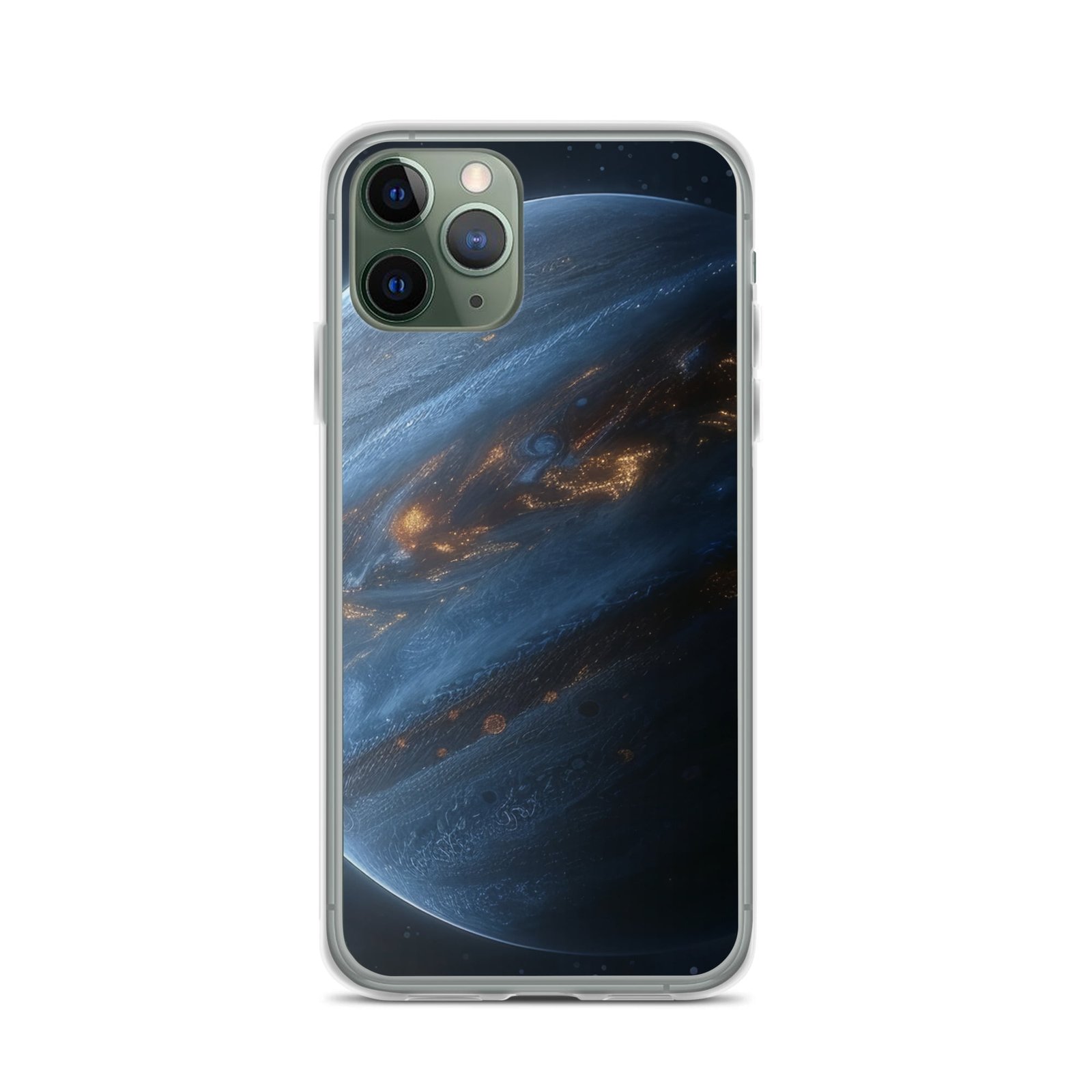Key Takeaways:
- Mercury is the smallest planet in our solar system.
- It has a diameter of 4,880 kilometers (3,032 miles).
- Mercury is smaller than some moons, yet still qualifies as a planet.
- Its small size and proximity to the Sun give Mercury unique features.
- Recent missions like NASA’s MESSENGER provided in-depth insights about Mercury.
When we think about planets, we often picture massive spheres like Jupiter, colorful worlds like Saturn, or our own vibrant Earth. But have you ever wondered, “What is the smallest planet?” The answer is Mercury, a tiny, rocky planet orbiting close to our Sun. Even though it’s significantly smaller than Earth or Venus, Mercury has fascinating characteristics that intrigue scientists and space enthusiasts alike.In this guide, we’ll explore Mercury in detail, understand what makes it unique, and learn why, despite its size, it remains an essential planet in our solar system.
What Makes Mercury the Smallest Planet?

Mercury is officially recognized as the smallest planet in our solar system. It holds this title due to its modest size, specifically its diameter and mass.Diameter and Size Comparison
Mercury has a diameter of 4,880 kilometers (3,032 miles). To put this into perspective:
- Earth has a diameter of 12,756 kilometers (7,926 miles)—almost three times Mercury’s diameter.
- Venus, the second-smallest planet, measures 12,104 kilometers (7,521 miles) in diameter, significantly larger than Mercury.
- Mars, often considered a small planet itself, is also larger than Mercury, with a diameter of 6,792 kilometers (4,220 miles).
In fact, Mercury is even smaller than two moons in our solar system—Ganymede (Jupiter’s moon) and Titan (Saturn’s moon). However, these moons don’t qualify as planets because they orbit planets, not directly around the Sun.Mass and Volume
Mercury’s mass is 3.3011 × 10²³ kg, about 0.055 times Earth’s mass. Its volume is similarly modest, approximately 0.056 times Earth’s volume. Despite its small size, Mercury has a surprisingly dense structure, indicating a large metal core beneath its rocky surface.
Why Is Mercury Considered a Planet Despite Its Small Size?
To understand why Mercury remains a planet despite its small stature, let’s look at the official criteria set by the International Astronomical Union (IAU):
- Orbit around the Sun: Mercury orbits the Sun directly, completing an orbit every 88 Earth days.
- Sufficient Mass for a Round Shape: Mercury’s gravity has shaped it into a nearly spherical form.
- Clearing Its Orbital Neighborhood: Mercury’s gravity dominates its region of space, meaning there are no other large objects sharing its orbit.
Mercury clearly meets all these criteria, making it officially classified as a planet despite its small size.
Unique Features of Mercury: Small Size, Big Surprises
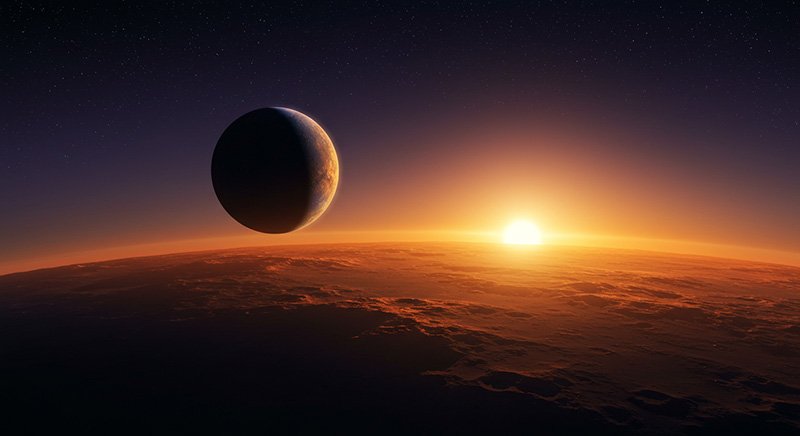
Being small doesn’t make Mercury dull. On the contrary, its size and proximity to the Sun have created several fascinating characteristics.
Shortest Year in the Solar System
Mercury orbits the Sun faster than any other planet. It completes one orbit every 88 Earth days, making its year extremely short. If you lived on Mercury, you’d celebrate your birthday every three months!
Extreme Temperature Fluctuations
Due to Mercury’s close proximity to the Sun, temperatures can skyrocket during the day and plummet dramatically at night. Mercury doesn’t have a substantial atmosphere to trap heat, leading to stark contrasts:
- Daytime temperatures can reach 430°C (800°F).
- Nighttime temperatures can drop as low as -180°C (-290°F).
No True Atmosphere
Unlike Earth, Mercury has virtually no atmosphere. The thin layer it does have—called an exosphere—is composed mainly of atoms blasted off its surface by solar winds. This lack of atmosphere leaves Mercury exposed to constant meteor impacts, resulting in its heavily cratered surface.
Historical Observations of Mercury
Mercury isn’t a new discovery. Humans have observed it since ancient times due to its visibility to the naked eye.
- Ancient Babylonians observed Mercury over 3,000 years ago. They named it after their messenger god, Nabu.
- The Romans named Mercury after their swift messenger god because of its quick movement across the sky.
- Galileo Galilei observed Mercury through a telescope in the early 17th century, but its proximity to the Sun made detailed observations difficult.
Missions and Discoveries: Modern Insights into Mercury
Our understanding of Mercury has increased dramatically in recent years, thanks to modern space missions. NASA’s MESSENGER spacecraft has been especially crucial to our current knowledge.
NASA’s MESSENGER Mission
Launched in 2004, MESSENGER became the first spacecraft to orbit Mercury, doing so from 2011 to 2015. It provided unprecedented insight into Mercury’s composition, geological history, and environment. Key findings from the MESSENGER mission included:
- Confirmation of Mercury’s large iron core, making up about 85% of its radius.
- Discovery of water ice deposits in permanently shadowed craters near Mercury’s poles.
- Detailed mapping of Mercury’s surface, revealing vast craters, cliffs, and plains.
ESA-JAXA BepiColombo Mission
Another exciting mission, the BepiColombo spacecraft (a joint mission between the European Space Agency and the Japan Aerospace Exploration Agency), launched in 2018. It’s expected to arrive at Mercury in 2025, promising even more detailed studies of this fascinating, small planet.
Why Is Mercury Important to Study?

You might wonder why scientists invest so much effort studying a tiny planet like Mercury. Here’s why Mercury matters:
- Understanding Planetary Formation: Studying Mercury helps scientists understand how planets form and evolve, especially rocky planets like Earth.
- Insight into Earth’s Core: Mercury’s large iron core provides clues about our own planet’s internal structure and evolution.
- Solar System History: Mercury’s heavily cratered surface serves as a historical record, offering insights into impacts and events that affected the early solar system.
Fun Facts about Mercury
Here are a few quick and interesting facts to remember about Mercury:
- Fast Orbit: Mercury completes an orbit around the Sun in just 88 Earth days.
- Slow Rotation: Mercury rotates slowly, spinning only once every 59 Earth days.
- Extreme Temperature Range: Mercury experiences one of the most extreme temperature ranges in the solar system.
- No Moons: Mercury has no moons orbiting it.
- Visible From Earth: Mercury can occasionally be seen near sunrise or sunset as a bright, star-like object.
Frequently Asked Questions (FAQs) about Mercury
Q: Is Mercury the hottest planet?
A: Surprisingly, no. Although closest to the Sun, Mercury isn’t the hottest planet—Venus holds that title due to its thick atmosphere trapping heat.Q: Does Mercury have water?
A: Yes, in the form of water ice hidden in permanently shadowed craters near its poles.Q: Could humans live on Mercury?
A: No. The extreme temperatures, lack of atmosphere, and intense solar radiation make Mercury unsuitable for human habitation.Q: Does Mercury have seasons?
A: Mercury has almost no axial tilt, so it doesn’t experience traditional seasons like Earth.
Wrapping It Up: Mercury, Small Yet Remarkable
So, what is the smallest planet? Clearly, it’s Mercury. Despite its small size, Mercury remains a fascinating planet that continues to captivate scientists and astronomy enthusiasts. From its rapid orbit and extreme temperatures to groundbreaking space missions, Mercury teaches us valuable lessons about our solar system’s history and structure.Understanding Mercury helps us better appreciate the uniqueness and diversity of planets. Its study continues to unlock mysteries, offering exciting opportunities to learn more about our cosmic neighborhood.Whether you’re a student, science enthusiast, or simply curious about space, Mercury offers plenty of intriguing discoveries. Its story reminds us that even the smallest planet can teach us significant lessons about the universe we call home.
Sources:



